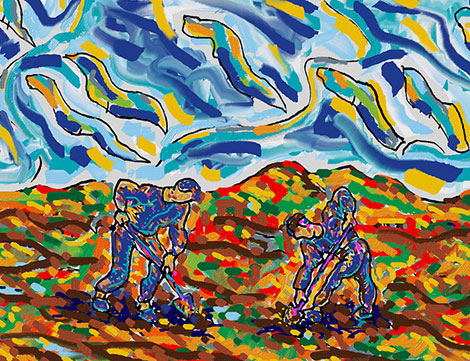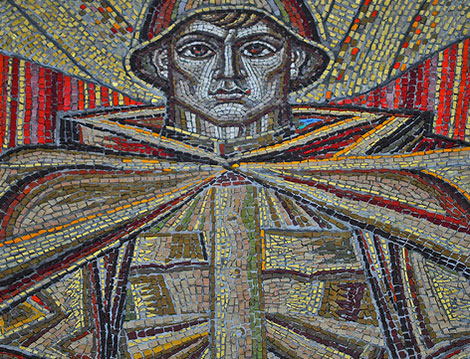
This article was originally published by Political Violence @ a Glance on 6 February 2017.
Does food security increase the frequency of civilian killings in some developing countries? Or can it make such atrocities less likely? The answer to these questions depends on how troops and civilians view the prospects of long-term cooperation, and the strategies they employ.
Current theories on violence during civil war frequently associate it with previous enmities and discriminate violence. Yet, even within countries that are experiencing civil war, violence varies over space and time. Some villages might suffer many civilian killings by armed troops while others do not. These villages might go through years of relative peace followed by years of intense violence. New research shows that, in the developing world, food availability and farmland density can help explain violence against civilians.




